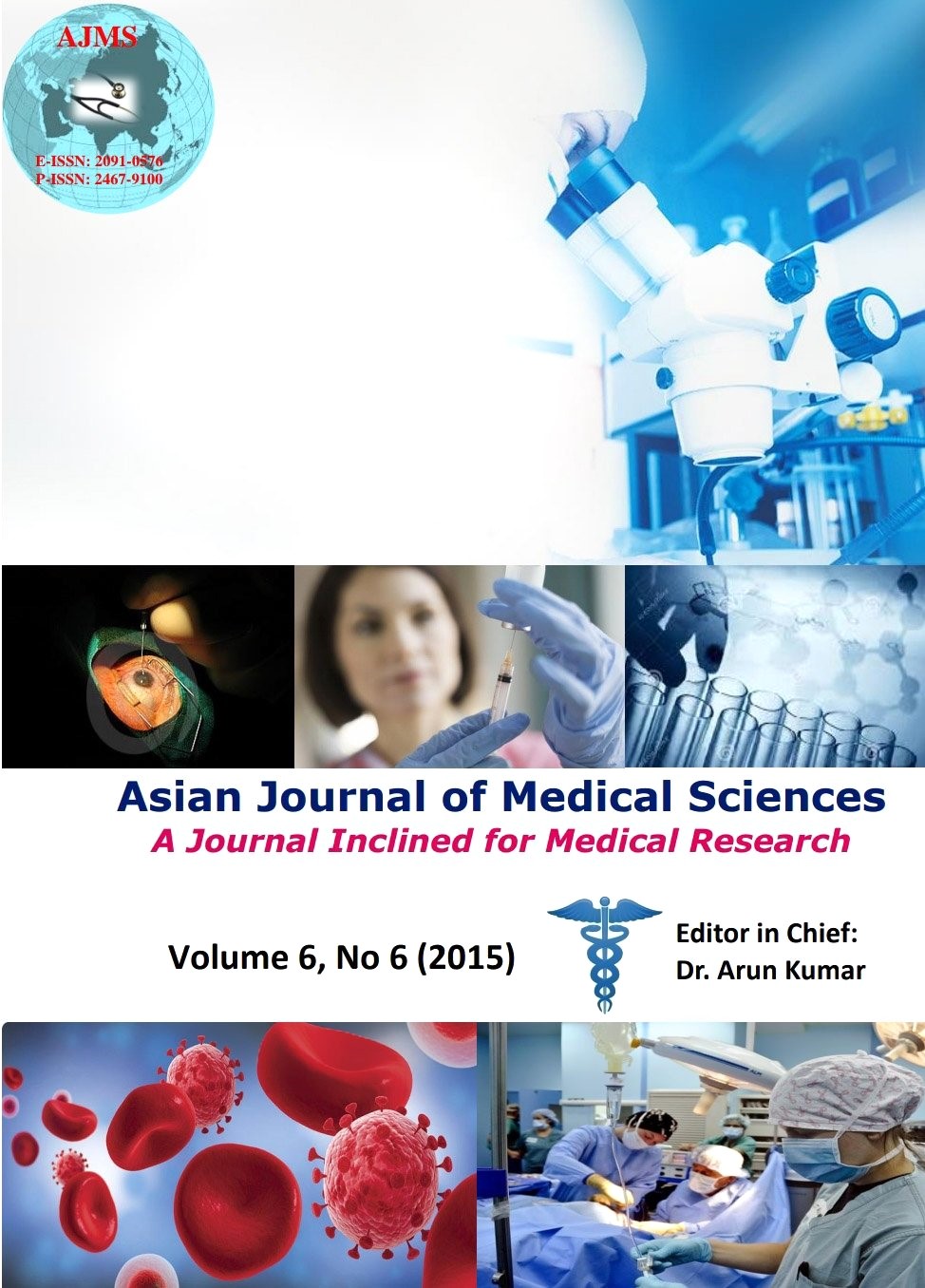Erythroderma: A clinico-etiological study of 58 cases in a tertiary hospital of North India
Keywords:
Erythroderma, causes, drug reaction, Indian patientsAbstract
Background: Erythroderma (exfoliative dermatitis) is a cutaneous reaction pattern characterized by generalized erythema and scaling which can be seen in a wide range of cutaneous or systemic diseases. It is important to establish correct diagnosis whenever possible so that specific therapy may be initiated. The study was undertaken to evaluate the clinical profile and etiology of erythroderma and to correlate clinical diagnosis with histopathological findings.
Methods: A retrospective study was done in the Department of Pathology. Fifty eight cases of erythroderma diagnosed clinically in the past 5 years were studied and their epidemiological, clinical, laboratory and histopathological findings were analyzed.
Results: The mean age of presentation was 39.3 years and male to female ratio was 3:2. Apart from erythema and scaling that were present in all patients, pruritis (n=40,69%), edema (n=12,20.2%) and fever (n=11,19%) were the most common symptoms at presentation. The most common etiology of exfoliative dermatitis was drug reactions (n=19,32.7%) followed by atopic dermatitis (n=12,20.6%) and erythrodermic psoriasis (n=10,7.2%). Other causes were Mycosis Fungoides, Allergic/Air borne contact dermatitis, Lichen Planus, Pityriasis Rubra Pilaris. There was no significant contribution of laboratory data and all the patients were HIV negative. The best clinicopathological correlation (100%) was found in erythrodermic psoriasis and Mycosis Fungoides.
Conclusion: Erythroderma often obscures the primary lesion. Clinicians should evaluate all cases of erythroderma by eliciting proper clinical history, taking biopsies and performing other ancillary haematological investigations. Hospitalization may be required as the disease carries risk of significant mortality.
DOI: http://dx.doi.org/10.3126/ajms.v6i6.12265
Asian Journal of Medical Sciences Vol.6(6) 2015 20-24
Downloads
Downloads
Published
How to Cite
Issue
Section
License
Authors who publish with this journal agree to the following terms:
- The journal holds copyright and publishes the work under a Creative Commons CC-BY-NC license that permits use, distribution and reprduction in any medium, provided the original work is properly cited and is not used for commercial purposes. The journal should be recognised as the original publisher of this work.
- Authors are able to enter into separate, additional contractual arrangements for the non-exclusive distribution of the journal's published version of the work (e.g., post it to an institutional repository or publish it in a book), with an acknowledgement of its initial publication in this journal.
- Authors are permitted and encouraged to post their work online (e.g., in institutional repositories or on their website) prior to and during the submission process, as it can lead to productive exchanges, as well as earlier and greater citation of published work (See The Effect of Open Access).




